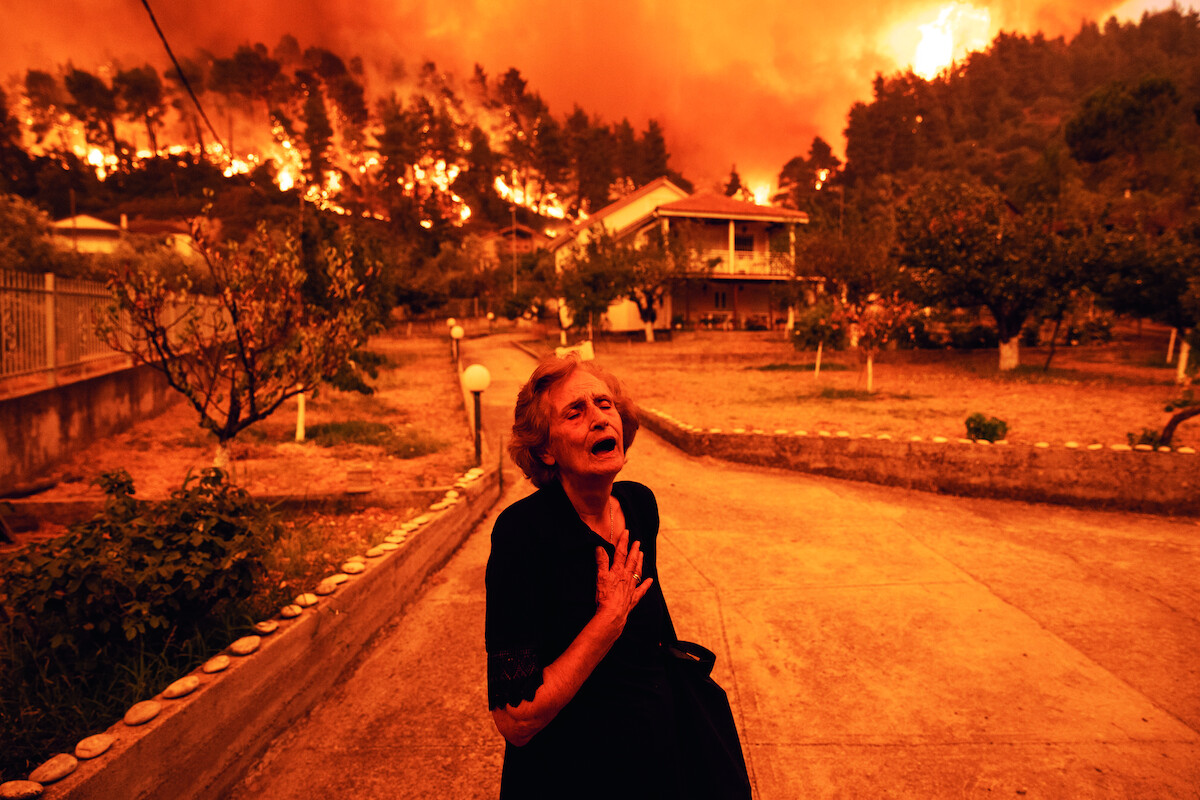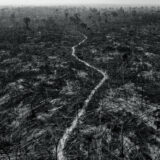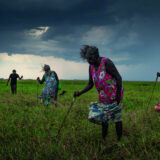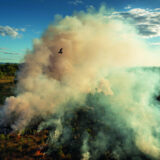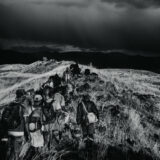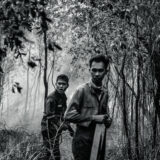World Press Photo 2022
Selection CAPTION Magazine
Since 1955, the annual World Press Photo contest has recognized the best photojournalism and documentary photography of the preceding year.
This book features the 24 winning stories from the 2022 World Press Photo contest, selected by an independent jury of regional and global professionals from 64,823 open-format photos and entries. A powerful, challenging and courageous collection of photojournalism and documentary photography from around the world, in a new format.
Asia: Long Term Projects
Senthil Kumaran
Boundaries: human-tiger conflict
In India, Bengal tigers (Panthera tigris tigris) are considered an endangered species: it is estimated that about three thousand specimens survive in the wild. Human settlements, crops and urban development invade the natural habitat of tigers and diminish their prey. Populations located on the perimeter of tiger sanctuaries and reserves are often home to indigenous communities, which depend on cattle ranching, agriculture or the forest for their livelihood. Conflict occurs when tigers kill livestock and sometimes humans, which, while rare, usually occurs when angry groups surround tigers that have entered settlements.
Asia: Long Term Projects
Lalo de Almeida, for Folha de São Paulo / Panos Pictures
Amazon dystopia
The Amazon rainforest is under great threat as deforestation, mining, infrastructure development and natural resource exploitation are accelerating due to the regressive environmental policies of President Jair Bolsonaro. Since 2019, the devastation of the Brazilian Amazon has reached its fastest pace in a decade. Exploiting this region not only has devastating effects on the Amazonian ecosystem, of extraordinary biodiversity, but also implies a series of social impacts, especially on indigenous communities, who are forced to deal with both significant degradation of their environment and their way of life.
South America: Long Term Projects
Matthew Abbott, for National Geographic/Panos Pictures
Save the forests with fire
Australian Aboriginal people burn the land strategically in a practice known as ‘cold burning’, in which the fire moves slowly, burning only the undergrowth and removing the fuel buildup that feeds the larger flames. The Nawarddeken of the West Arnhem region of Northern Territory, Australia have practiced controlled ‘cold burning’ for tens of thousands of years and regard fire as a tool to manage their homeland of more than 13,900 km2 of extension. Wardekken rangers combine traditional knowledge with contemporary technologies to prevent forest fires, thereby reducing carbon dioxide levels that contribute to global warming.
Africa: Long Term Projects
Rijasolo / Riva Press
The war of the zebu
For decades, rural people in southern and western Madagascar have faced violence and the daily theft of their zebu, highly prized humped cattle, by groups of men known as dahalo (roughly translated as “thieves”). ). Zebu are used to pay dowries, in rituals and are highly prized for their meat. Since the 1970s, growing economic inequality and a food crisis have exacerbated zebu theft and violence, with frequent deadly clashes between rural communities and Dahalo groups. The government has cracked down on zebu theft, and in 2014 Amnesty International accused Malagasy security forces of indiscriminate violence.
Southeast Asia and Oceania: Long-Term Projects
Abriansyah Liberto
Smoke
In recent years, Indonesia has witnessed some exceptionally large forest fires. The smoke produced as a result of the fire can affect human health, especially due to the microparticles it carries, which can reach the lungs. Drought conditions make it easier to set fires to clear land for agriculture, but they are also more likely for fires to spread out of control. Indonesia is the world’s No. 1 producer of palm oil, and industrial-scale land clearing has greatly increased the risk of forest fires. Since data collection began in 1990, the country has lost about a quarter of its forest area.
Web sites:

